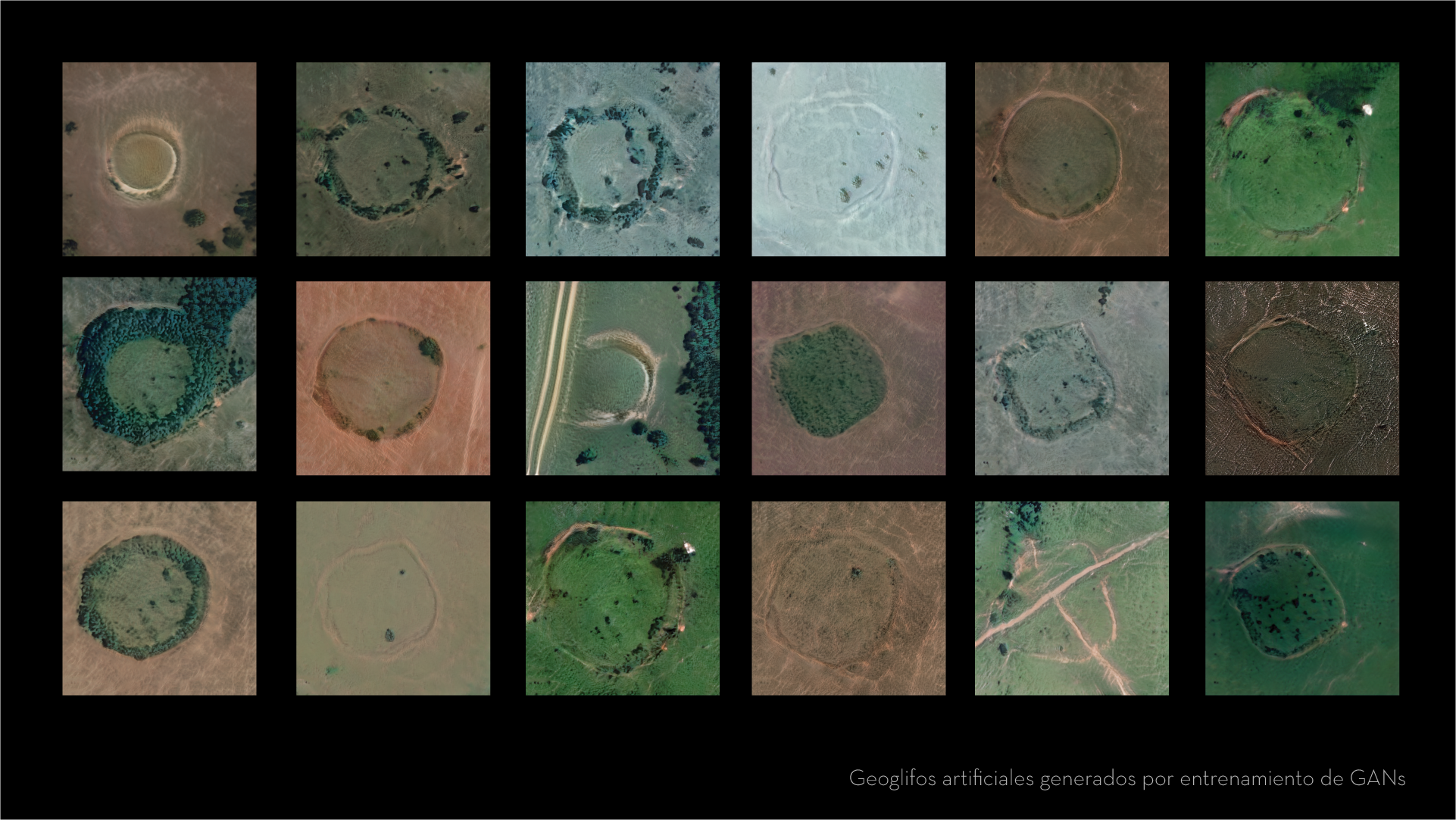fragments of the jungle (2023)
Fragments of the Jungle comprise a process of microstudies from the arts and sciences regarding the speculative reconstruction of a set of lost worldviews of the Amazon rainforest that have left traces of spatial transformation and their relationship with nature.
With the massive deforestation that the Amazon rainforest has undergone over the last century as a triumphant narrative of Western power, spatial formations of basic geometries began to be glimpsed around the Acre region, Brazil. These so-called geoglyphs, which could be termed as “architectures” of the jungle, show that civilizations in the Amazon could carry out large-scale spatial transformations, as would have been historically denied.
To date, there is no certainty about who inhabited this place or what the reason was for building these formations, nor if they are structures per se; however, the findings themselves show that it is not just an arbitrary form, there is a specific worldview contained in the morphology of these designs as they were immersed in other relationships with the jungle. What is evident is an intervention in the landscape without being a transgression of the landscape.
It is a bio-design of an ancestral Latin American thought. Thinking about the possibility of reconstructing today the functions, identities, and cosmogonies of these formations enables a sensitive approach from imagination and speculative thought.
What would have happened if these glyphs had continued their course? And if they represent a worldview, what was it like? It’s not known if these glyphs were used for ritual practices or what their function was. It’s not necessary to provide a specific function, but it’s possible to imagine the feelings and thoughts of those who inhabited and coexisted with these spaces: there is a power of the sacred that can be expressed in the design of these forms.

The political intent of these designs is explored in this project using methodologies of digital search, collection of satellite images, and processes that incorporate artificial intelligence and volumetric data visualization for the construction of new geoglyphs based on the learning from the original designs. Part of the purpose of this exploration is to conduct a retrospective review, a “genealogy of forms,” thinking about the deployment of possible continuities of these worldviews. For this, we can imagine the fiction of a past as distant as the farthest future we can conceive.
What if the geoglyphs speak to us of the future? In Amerindian thought, time operated in cycles, where once they ended, it returned to the same point. The eternal return.
Thus, when we contrast it with the idea of Western architecture, we can think of differences that not only reside in the morphological realm but also in the spiritual-immaterial, in worldviews. How could we reintegrate this type of architecture and also these types of spatial habits in a different way? How to insert these worldviews into more contemporary spaces?
The project is presented in an installative version consisting of three screens with visualizations of digital volumetric reconstruction, based on learning patterns of the forms found in the Amazon rainforest. As well as the assembly of a constellation map made from global positioning locations where artificially designed sculptural objects are inserted and produced using digital manufacturing means.
For more information about the project, please review: “Fragments of the Jungle – Between Two Times”
Project presented at the “Future Ancestors” exhibition of the Ars Electronica festival 2023.
3D Artificial Geoglyphs
Map of Geoglyph Locations
